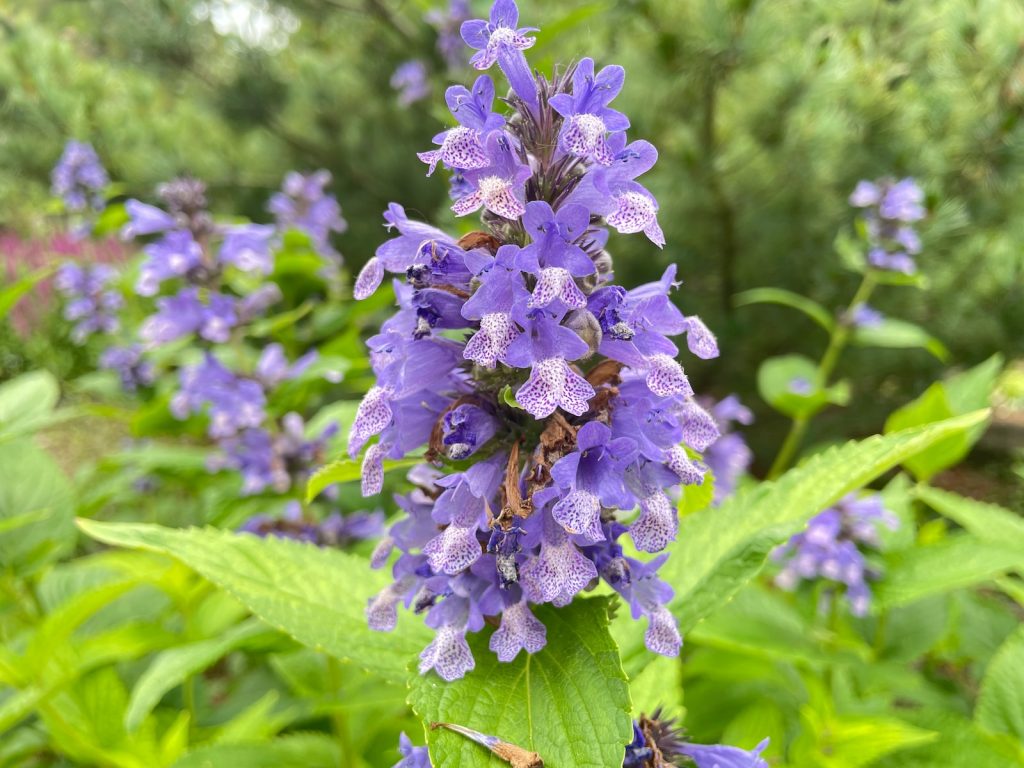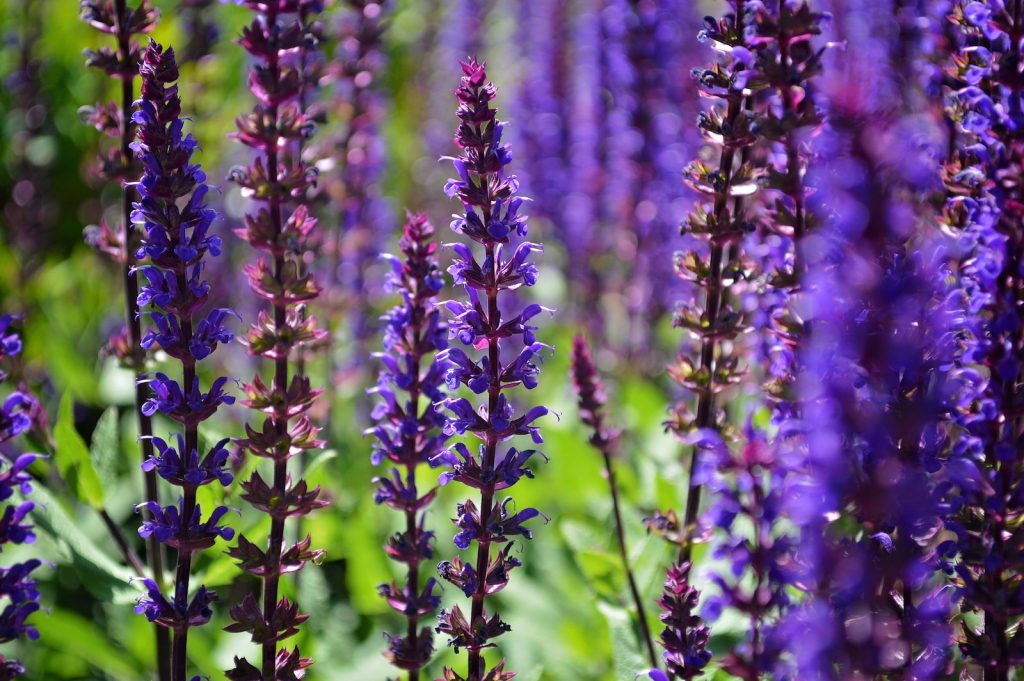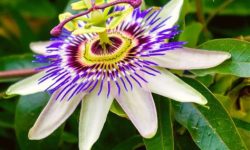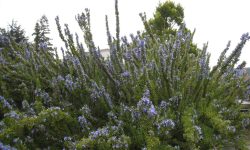Catmint Vs Salvia
If you’re a plant enthusiast or a budding gardener, you’ve probably come across the terms catmint and salvia. Both of these plants are popular choices for adding beauty and fragrance to gardens, but what sets them apart? In this blog post, we’ll explore the key differences between catmint and salvia, from their appearance to their growing needs. Whether you’re deciding which plant to add to your garden or simply curious about these beautiful herbs, this post will provide you with the information you need to make an informed decision. So sit back, relax, and let’s dive into the world of catmint and salvia to uncover their unique characteristics and how to best care for them.
What is Catmint?

Catmint is a member of the mint family, known for its attractive, low-growing foliage and spikes of blue flowers. It is a perennial herb that is native to Europe, Asia, and Africa, and is widely cultivated for its ornamental and medicinal properties. Catmint is also commonly referred to as Nepeta, and is often used in landscaping, as well as in herbal medicine.
It is characterized by its aromatic leaves and the small, tubular flowers that appear in clusters on the stems. Catmint is known for its ability to attract bees, butterflies, and other pollinators, making it a popular choice for gardens and landscapes.
This herb is also valued for its medicinal properties, and is often used to make teas and tinctures that can help with anxiety, insomnia, and digestive issues. The leaves and flowers of catmint contain compounds that are known to have mild sedative and analgesic effects, making it a popular alternative remedy for a variety of health concerns.
In addition to its ornamental and medicinal uses, catmint is also known to be deer resistant, making it a great option for gardens in areas where deer are a problem. Overall, catmint is a versatile and attractive herb that can be a valuable addition to any garden or landscape.
What is Salvia?

Salvia is a genus of plants in the mint family, Lamiaceae. It is also commonly known as sage. There are over 900 species of Salvia, with a wide variety of uses and appearances. The name Salvia comes from the Latin word for to heal, reflecting the historical use of these plants for medicinal purposes.
Differences in Appearance
Catmint and Salvia are both beautiful and aromatic plants that are often used in gardens and landscapes. However, they have very distinct differences in appearance that make them easily distinguishable. Catmint is characterized by its overall soft and fuzzy texture, with small, delicate lavender-colored flowers that bloom in clusters. On the other hand, Salvia has smoother, more textured leaves and bright, vibrant blooms that come in a variety of colors such as red, purple, pink, and white.
Another key difference in appearance lies in the height and growth habit of these plants. Catmint grows in a low, spreading manner, with a maximum height of around 1 to 2 feet. In contrast, Salvia can grow much taller, reaching heights of 2 to 4 feet, and has an upright, bushy growth habit.
Additionally, their foliage also sets them apart. Catmint has gray-green, aromatic leaves that release a minty fragrance when brushed or crushed, while Salvia has green leaves with a variety of shapes and textures, depending on the species or cultivar.
Overall, while both Catmint and Salvia are stunning additions to any garden, their differences in appearance make it easy to choose which one best suits your specific landscaping and design needs.
Growing and Caring for Catmint
Catmint is a beautiful and fragrant herb that is easy to grow and care for in your garden. It is a member of the mint family and is often used as a decorative plant in landscapes. Catmint is known for its gray-green foliage and clusters of lavender-blue flowers that bloom from spring through fall.
When it comes to growing catmint, it is important to choose a location that receives full sun, as this herb thrives in bright, sunny conditions. Catmint also prefers well-drained soil, so be sure to plant it in a location that has good drainage. Once planted, catmint requires minimal care and is quite drought-tolerant, making it a great choice for low-maintenance gardens.
To care for catmint, be sure to water it regularly, especially during dry periods, to keep the soil evenly moist. Deadheading the spent flowers will help to promote continuous blooming throughout the growing season. In addition, cutting back the stems after the first flush of blooms will encourage a second wave of flowers later in the season.
In terms of maintenance, catmint can be divided every few years to rejuvenate the plant and improve its overall appearance. This can be done in the spring or fall by simply digging up the plant and dividing the root ball into smaller sections before replanting them in the garden.
Growing and Caring for Salvia
Growing and Caring for Salvia
Salvia, also known as sage, is a versatile and beautiful plant that can be a valuable addition to any garden. It is easy to grow and maintain, making it a popular choice among both beginner and experienced gardeners. When it comes to growing and caring for salvia, there are a few key things to keep in mind to ensure that it thrives in your garden.
First and foremost, it’s important to choose the right location for your salvia plants. They prefer a spot with full sun, although they can tolerate some light shade. The soil should be well-draining to prevent waterlogged roots, as this can lead to root rot. Once you have chosen the perfect spot, be sure to plant your salvia at the appropriate depth and give it plenty of room to spread out.
When it comes to watering salvia, less is often more. These plants are drought-resistant once established, so they typically only need to be watered during periods of drought. Overwatering can actually do more harm than good, as it can lead to root rot and other issues. In terms of maintenance, be sure to deadhead the flowers regularly to encourage new growth and prevent self-seeding.
Finally, it’s important to fertilize your salvia plants to keep them healthy and thriving. A balanced, all-purpose fertilizer can be applied in the spring, and again in midsummer if necessary. However, be sure to follow the instructions on the fertilizer package to avoid overfeeding your plants. With a little bit of attention and care, your salvia plants will reward you with beautiful blooms and lush foliage throughout the growing season.
Frequently Asked Questions
What is Catmint?
Catmint, also known as Nepeta, is a perennial herb that belongs to the mint family. It is known for its aromatic foliage and attractive flowers, and is commonly used in landscaping and gardening.
What is Salvia?
Salvia, also known as sage, is a genus of plants in the mint family. There are many different species of Salvia, each with its own unique characteristics and uses. Some are ornamental, while others have culinary or medicinal uses.
Differences in Appearance
Catmint typically has gray-green, aromatic foliage and produces clusters of small, tubular flowers in shades of blue, purple, or white. Salvia, on the other hand, has a wide range of flower colors, including blue, purple, red, pink, and white, and its foliage can vary in texture and color.
Growing and Caring for Catmint
Catmint is relatively low-maintenance and can thrive in a variety of soil and light conditions. It is drought-tolerant and attracts pollinators like bees and butterflies. It can be propagated by division or seeds, and benefits from regular pruning to encourage bushier growth and more blooms.
Growing and Caring for Salvia
Salvia prefers well-draining soil and full sun, and is also drought-tolerant once established. It is relatively easy to grow and can be propagated by seeds or cuttings. Deadheading spent flowers can help prolong the blooming period, and some species may benefit from a light pruning in early spring.
Which is better for attracting pollinators?
Both catmint and salvia are excellent choices for attracting pollinators to the garden. Their colorful and fragrant flowers are particularly attractive to bees, butterflies, and hummingbirds, making them valuable additions to a pollinator-friendly garden.
Can catmint and salvia be planted together?
Yes, catmint and salvia can be planted together in the garden, as they have similar growing requirements and complement each other well in terms of color and form. Consider pairing catmint’s blue or purple flowers with the diverse hues of salvia for a visually appealing and pollinator-attracting combination.



